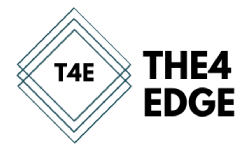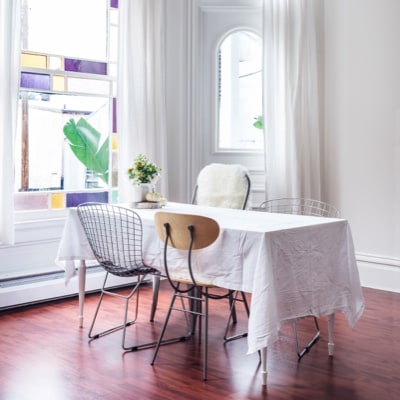Modular homes have gained popularity as a convenient and often cost-effective alternative to traditional home building. These prefabricated homes, built off-site and then transported to their final location, offer flexibility, faster construction times, and often lower costs than conventional housing. However, the price of a modular home can vary widely depending on several critical factors, from the design and materials used to the location of the home and the level of customization desired. Understanding these elements is essential to set a realistic budget and choose a modular home that meets both financial and lifestyle needs.
- Base Costs and Average Price Range
The starting cost for a basic modular home model is typically around $100,000. This price point covers smaller, simple models with basic finishes and limited customization. For homeowners seeking a more spacious layout or premium features, prices can rise substantially, reaching $300,000 or more. This broad range reflects the adaptability of modular homes to different needs and budgets, from affordable housing solutions to high-end residential options. Modular homes are often priced per square foot, with an average cost ranging from $100 to $200 per square foot, depending on the complexity of the design, materials, and finishes selected.
- Impact of Location on Modular Home Costs
Location is a significant factor that can influence modular home prices in multiple ways. For instance, transporting the modular units to remote or hard-to-access areas may incur higher shipping fees, particularly if special equipment is needed. Additionally, local building codes and regulations can affect the overall cost. Some areas have strict building codes or design requirements, which may require modifications to the standard modular design, adding to the expense. Labor availability in the area can also influence costs, as regions with high labor demand may have higher rates for site preparation, installation, and final touches.
- Design and Customization Options
Customization is a major factor that can drive up modular home costs. While standard floor plans and layouts are often the most economical choice, custom designs can increase the price significantly. Homeowners may choose to upgrade to luxurious features like high-end appliances, custom cabinetry, or unique architectural elements. Specialized interior styles or layouts tailored to individual needs, such as open-concept spaces, vaulted ceilings, or additional rooms, can also add to the price. Additionally, opting for energy-efficient designs or sustainable building practices—such as solar panels, energy-efficient windows, or superior insulation—may raise initial costs but can provide savings over time by reducing energy bills.
- Materials and Finish Quality
The materials and finishes chosen for a modular home play a critical role in determining its final cost. Basic finishes, such as standard carpeting, laminate countertops, and basic cabinetry, are more affordable, while premium materials, including hardwood floors, granite countertops, and custom cabinetry, increase the price. The selection of exterior finishes, like brick, stone, or siding, can also influence costs. Investing in high-quality, durable materials may come at a higher initial cost but can add significant long-term value and reduce maintenance expenses.
- Utility Connections and Site Preparation
Another aspect to consider is the cost of connecting utilities and preparing the site. Modular homes require hookups for water, electricity, and sewage, which can vary depending on the site’s location and existing infrastructure. If additional trenching or electrical work is needed, it could increase the overall cost. Site preparation, such as leveling the ground, pouring a foundation, or installing a driveway, is also essential and can add several thousand dollars to the total project budget.
- Permits and Regulations
Just like traditional homes, modular homes require permits to meet local regulations and safety codes. The costs associated with obtaining these permits can vary depending on the jurisdiction. Some areas have more stringent regulations, requiring additional inspections and approvals, which could mean extra fees and possibly adjustments to the design. These costs are often overlooked in the initial budget but are necessary for compliance and should be factored in early in the planning process.
Conclusion
Modular home prices are influenced by a variety of factors, including location, materials, design complexity, customization choices, and necessary site preparations. Homeowners seeking a modular home should consider each of these elements carefully to select options that align with their budget and lifestyle requirements. By understanding the factors that affect modular home costs, it’s possible to make informed decisions and create a comfortable, well-designed space that meets both financial and functional needs.






